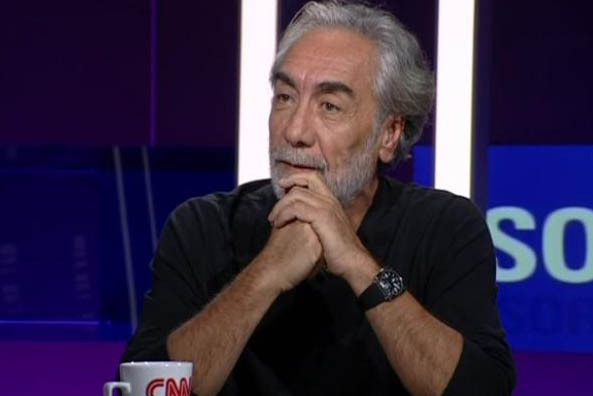Turkish architect Nezvat Sayin believes students should interact and learn from each other in open spaces, and vehemently opposes the model of dark, partitioned libraries — or “dokseosil” — where many Korean high schoolers study.
“It must be awfully isolating,” he said in an interview with The Korea Herald on Wednesday. Sayin, who is the four-time recipient of the national award presented by the Chamber of Architects of Turkey and a 2007 nominee for the prestigious Aga Kahn award for architecture, is in Seoul for the Culture Communication Forum held at the Westin Chosun hotel in Seoul.
“When I was growing up, I too studied in classrooms that were very small, square and disconnected. But students learn an immense amount from interacting with each other. It’s important to share a space together,” said Sayin, who runs an architectural firm in Turkey and teaches at Istanbul Bilgi University. “The space that surrounds us influences us just as much we impact a location.”
Openness and fluidity, he added, are the factors he focuses on when designing an educational site. Currently, his firm is working on a school for 800 students which, save for bathroom stalls, will have no separating walls or doors.
 |
| Nevzat Sayin on CNN Turkey (CNN) |
“Today, people have become so individualistic and think only about ‘me.’ It’s not human. We need to be considerate of each other.”
This idea of harmony also extends to Sayin’s philosophy on nature and architecture. One of the renowned architect’s main projects is “The Seed,” a large-scale venue for events built in 2007. The oval structure, which is shaped like a seed and partially embedded underground, represents growth, life and a deep respect for the surrounding environment.
“There were a lot of old trees and one very big, old house at the site before construction,” Sayin said. “We didn’t want to disturb that, so we decided that we must make an invisible building.”
And impossible as it may sound, that is just what Sayin did.
“You can’t see it from outside. If you can’t see it, you can’t go in. If you don’t go in, you can’t see it,” he said playfully. “We used stones from the site to make the outer walls, so as not to waste material. Harmony with nature is one of the key points I focus on in my designs. It’s called ‘architectural geography.’”
On Korean architecture, Sayin says one particularly striking feature is the Dongdaemun Design Plaza.
“I love that park. I think it’s one of the best in the world. My first impression of it was, ‘It’s beautiful.’ I think it perfectly captures the Korean simplicity and modernity.”
By Rumy Doo (bigbird@heraldcorp.com)



